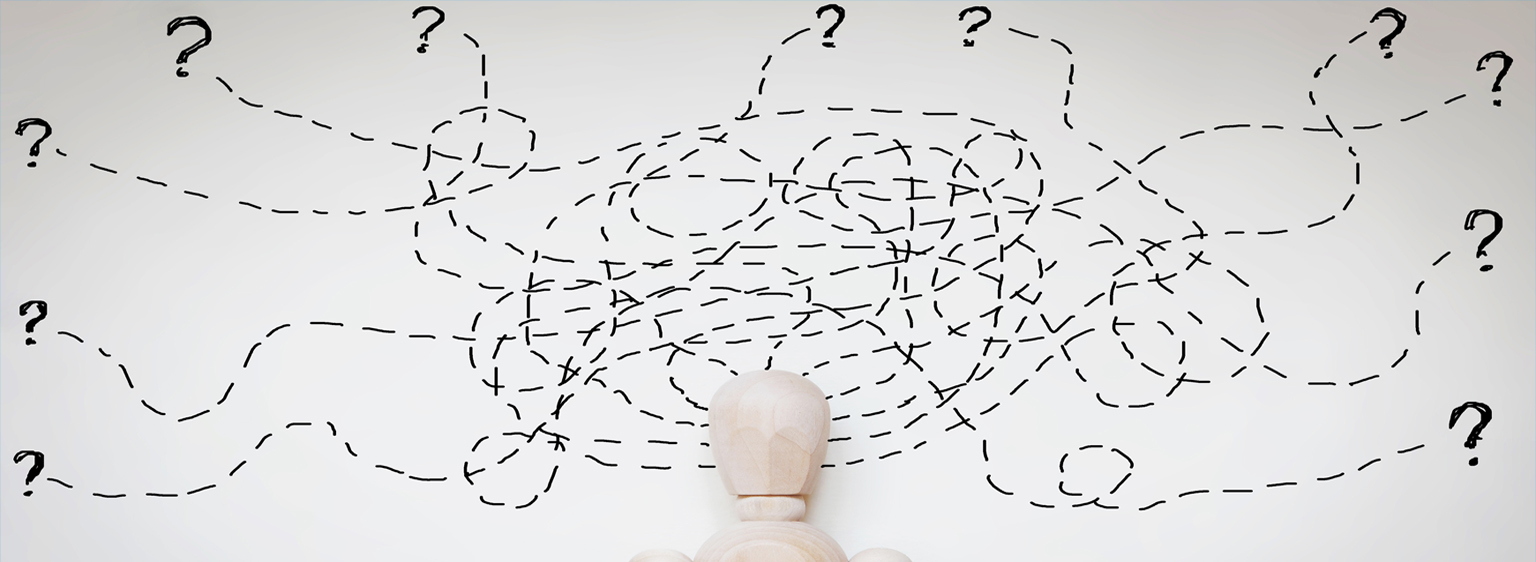I had an interesting conversation with Drew Locher at the recent AME conference in Jacksonville, FL, following a Special Interest session on the improvement and coaching methodology known as “kata.” I couldn’t attend the session because of a time conflict with a breakout presentation, but when we caught up later he said questions at the session indicated there is some confusion about what kata is and is not.
Drew is an award-winning author, and a University of Michigan approved kata instructor. Here’s our conversation about where people are struggling, plus some guidance on how to apply the powerful linked behaviors of the improvement and coaching kata.
CM: So after a panel of kata practitioners made their presentations at the Special Interest session, questions from the audience indicated there’s a problem with how they perceive the kata methodology?
DL: There are gaps in how people are perceiving kata and what its intention is. In particular, people are focusing on the actual improvement — which is good — but what they are not focusing on is the ability of the methodology to develop the problem-solving skills and attitudes of people.
CM: Can you give an example?
DL: A lot of the questions were about the impact of kata on key performance indicators (KPIs): “How much improvement did you get?” “How much more is left to be gained?” No one was asking about the longer-lasting benefits of this methodology, namely, developing the problem-solving and process improvement skills of people and getting them to be more adaptive and receptive to change and continuous improvement. Those are skills that will last a person a lifetime. Improving a KPI is a one-and-done thing.
Part of the kata methodology is to set target conditions and that was the audience’s main focus. A target condition is specific and measureable. That‘s what people are latching onto.
CM: The target condition doesn’t have to be a KPI?
DL: No, it doesn’t have to be a KPI but it should be measureable. It should have conditions of what measurements should be met. But it’s not just meeting a number; it’s about how you go about meeting that number –- the pattern of operating by which the target is met. More broadly, kata is about a continuous improvement pattern you are trying to create for your organization.
CM: Why is the “how” so important?
DL: It guides people’s creative process of problem solving. I can make a number look like anything. I can achieve a measure but it could be at the expense of something else. I can improve productivity by increasing inventory for a time, but the condition of improving productivity should be done without increasing work-in-process, for example. So you have to set the conditions that you are trying to meet.
CM: How do you tie the kata process to the business goals if you are not using KPIs?
DL: There was a great presentation at the conference’s Special Interest session on healthcare. One of the target conditions that a hospital wanted to achieve was to have visual boards in every patient room with the names of doctors and nurses treating each patient, plus other important information. So the target condition was that management wanted these boards to be 100% complete for all patients.
What’s the KPI? You can connect the dots and get to a KPI because the boards will help prevent medical errors, but you have to connect a few dots to get there. It was a great example of a target condition that was not tied to a KPI but was still very, very important to that organization.
CM: Any advice on how to select a target condition?
DL: All improvement should be directional. That’s part of the kata methodology. There is a direction, based on a challenge provided by management and grounded in business needs. Target conditions are like waypoints you have to reach to meet the challenge. The challenge might be a year out. But people shouldn’t wait a year to find out how they are doing. So you want to set waypoints along the direction.
When people are just getting use to daily improvement, set target conditions you think you can meet in a week to three weeks. As you get better at improvement, you can extend that to maybe one to three months. Don’t tie all the way points to KPIs.
So the vision at the hospital that I mentioned might be “no harm to patients.” A challenge might be some lower rate of medical errors to be reached in a year. But the goal of having the visual boards that are in every patient’s room be complete and accurate is certainly a valid target condition for a team. It’s measurable. The hypothesis is that improving the boards will get us to the longer term challenge of reduced medical errors, which is a high-levelmetric. And now that team can conduct experiments against the obstacles they find are preventing the boards from being complete and accurate.
CM: Any tips or guidance for people to make sure they are using the kata methodology properly?
DL: Yes. Never kata alone. You need at least two people and it should be organizationally aligned in terms of having a learner and a coach. Ideally the learner is a supervisor and the coach is his or her manager, or the learner is a manager and the coach is the next management level up.
You shouldn’t have coaches who are process improvement people. That’s not really what we’re after. We want to create strong team member relationships between leaders and their natural work teams.
Many times I’ve seen a coach who is a continuous improvement professional or a lean person. They can serve as what we call a “second” coach who passively observes the coach and learner to provide feedback on the interactions. But they should not be the primary coaches.
It’s also important to focus target conditions on activities you can do relatively quickly, one to three weeks. It gives you more practice at improving. All of the presenters at the session said that.
CM: You said the coach is often the next management level up, but could a manager be a learner and a supervisor a coach?
DL: That’s a good point. In the beginning we suggest that the manager first be a learner so they can experience the emotions of being a learner. Asking and being asked questions is going to generate some emotions. This exercise helps you be a better coach by helping you understand what the student or learner is going through. I don’t think people understand that. Don’t just go off and try to coach. Be a learner first. It will make you a better coach.
So if you are a manager and you’re ultimately going to be a coach, which you should be, take some time and be a learner to get that perspective and actually feel what it is like.
One of the speakers called this an intangible but it’s very, very important to remember why we are practicing the improvement and coaching kata methodologies. We are trying to develop the problem-solving muscle of individuals and, in turn, of the whole organization. A big part of that is getting people to be more willing to create target conditions and take ownership of them –- it’s accountability.
There’s a strong reluctance to take ownership because people are fearful of what happens when they don’t hit a target. With enough practice they will be able to create targets and accept ownership and accountability, and feel safe in doing so. But it only comes with practice and coaching.
Interestingly all of the presenters seem to miss this point, or at least it came across as an afterthought. I asked each presenter a similar question about the other benefits of the kata methodology: Have they seen a change in attitude about improvement? Improved process improvement skills? Improved relations? Etc. Each could answer the question posed, but it took some prodding. This tells me that the other important benefits of practicing these routines are being overlooked.
Improvement Kata/Coaching Kata
Develop Scientific Thinking, a Foundation of Lean Management in the 21st Century.






